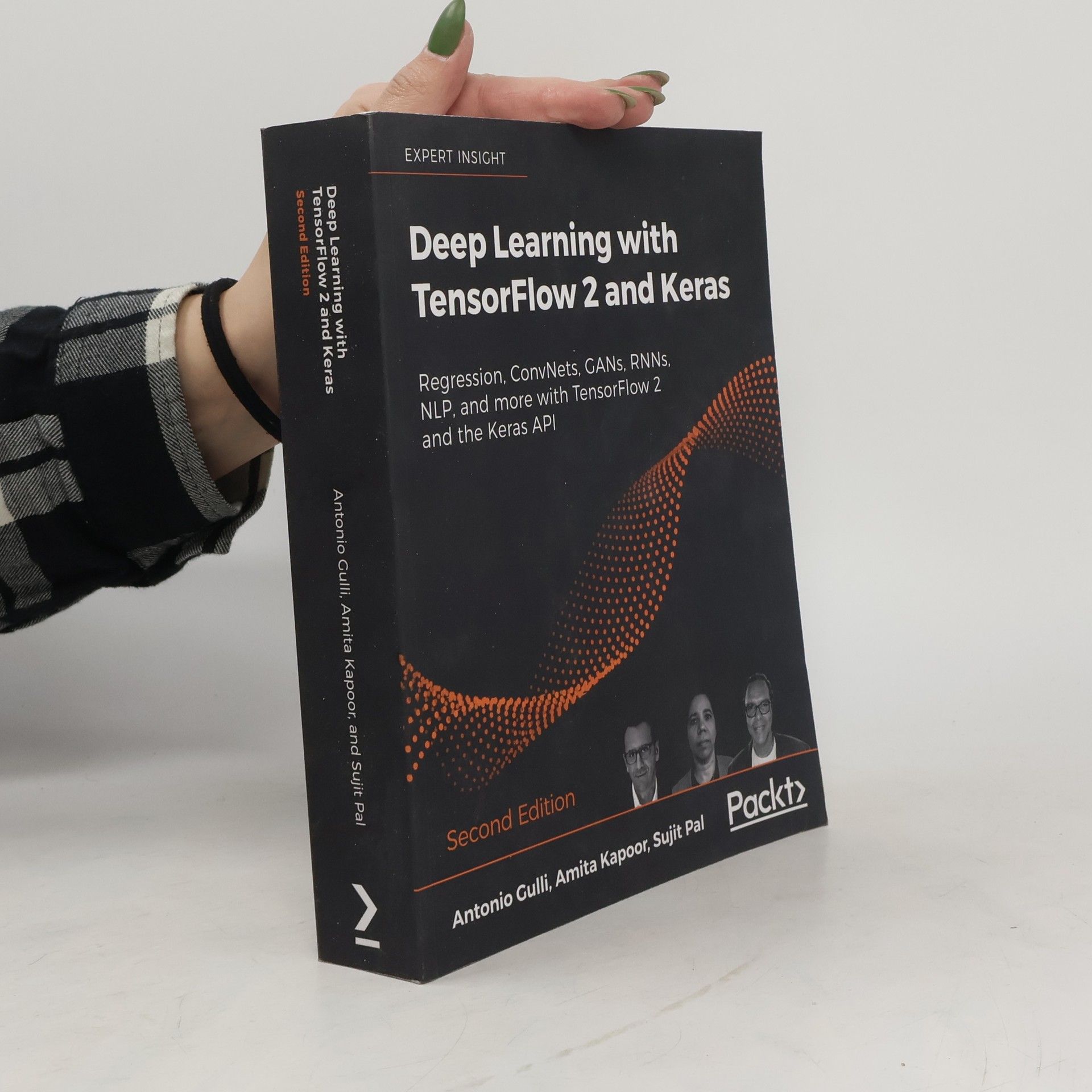Build machine and deep learning systems with the newly released TensorFlow 2 and Keras for the lab, production, and mobile devices Key Features Introduces and then uses TensorFlow 2 and Keras right from the start Teaches key machine and deep learning techniques Understand the fundamentals of deep learning and machine learning through clear explanations and extensive code samples Book Description Deep Learning with TensorFlow 2 and Keras, Second Edition teaches neural networks and deep learning techniques alongside TensorFlow (TF) and Keras. You'll learn how to write deep learning applications in the most powerful, popular, and scalable machine learning stack available. TensorFlow is the machine learning library of choice for professional applications, while Keras offers a simple and powerful Python API for accessing TensorFlow. TensorFlow 2 provides full Keras integration, making advanced machine learning easier and more convenient than ever before. This book also introduces neural networks with TensorFlow, runs through the main applications (regression, ConvNets (CNNs), GANs, RNNs, NLP), covers two working example apps, and then dives into TF in production, TF mobile, and using TensorFlow with AutoML. What you will learn Build machine learning and deep learning systems with TensorFlow 2 and the Keras API Use Regression analysis, the most popular approach to machine learning Understand ConvNets (convolutional neural networks) and how they are essential for deep learning systems such as image classifiers Use GANs (generative adversarial networks) to create new data that fits with existing patterns Discover RNNs (recurrent neural networks) that can process sequences of input intelligently, using one part of a sequence to correctly interpret another Apply deep learning to natural human language and interpret natural language texts to produce an appropriate response Train your models on the cloud and put TF to work in real environments Explore how Google tools can automate simple ML workflows without the need for complex modeling Who this book is for This book is for Python developers and data scientists who want to build machine learning and deep learning systems with TensorFlow. This book gives you the theory and practice required to use Keras, TensorFlow 2, and AutoML to build machine learning systems. Some knowledge of machine learning is expected
Antonio Gullì Livres
